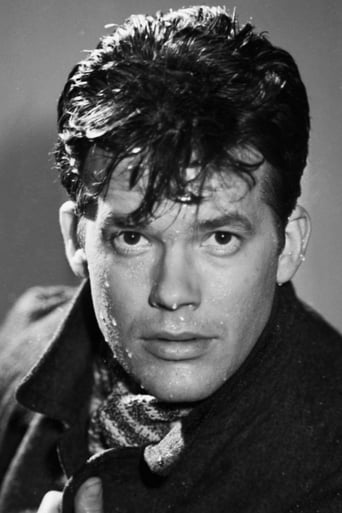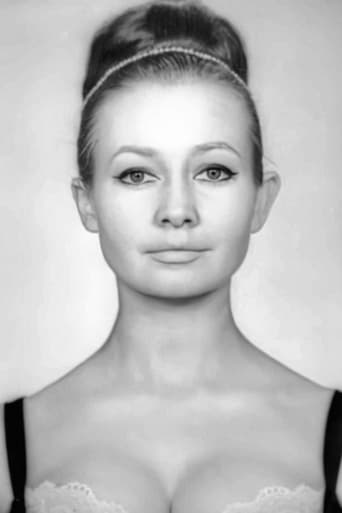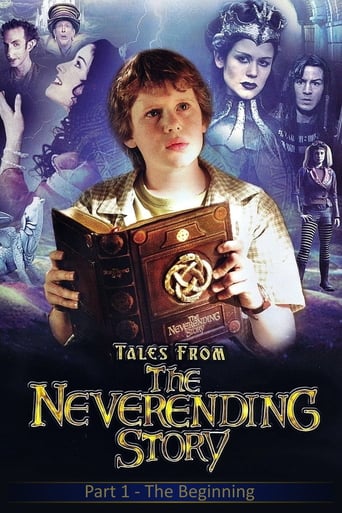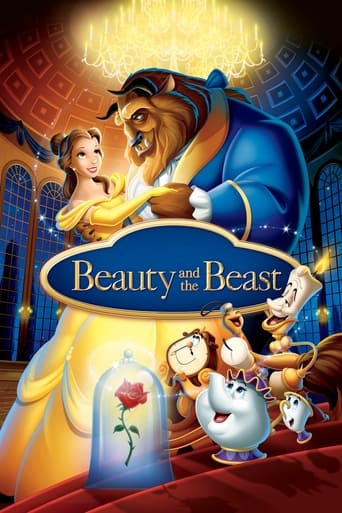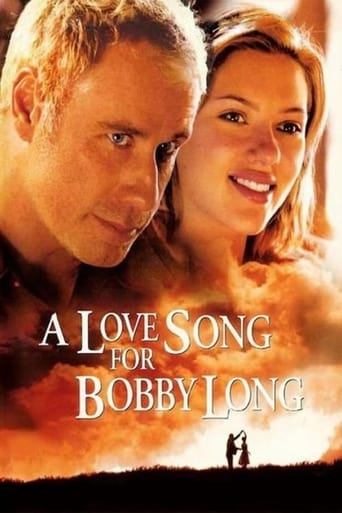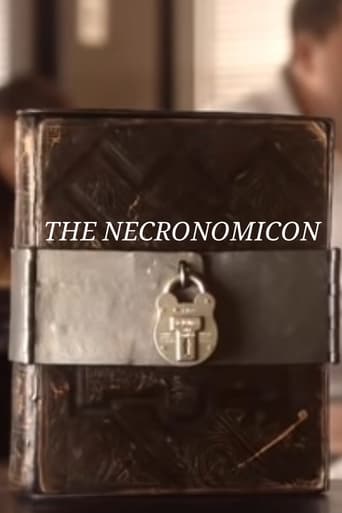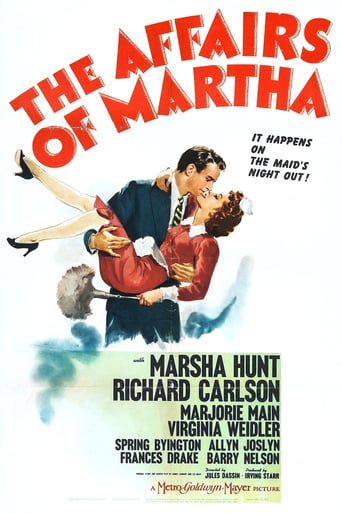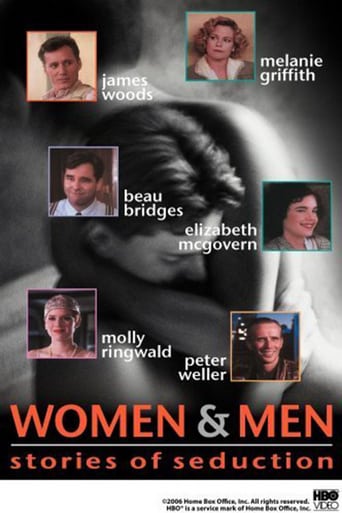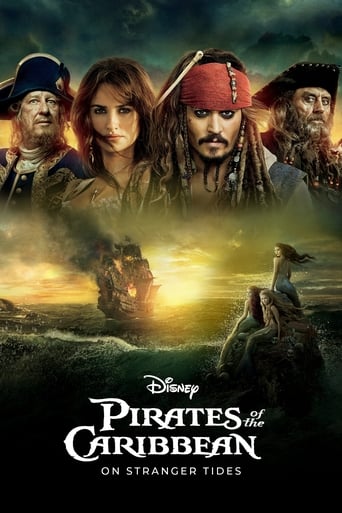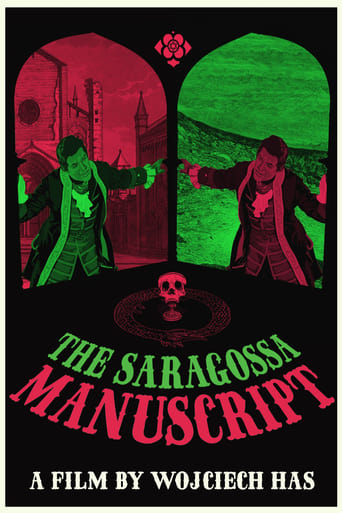
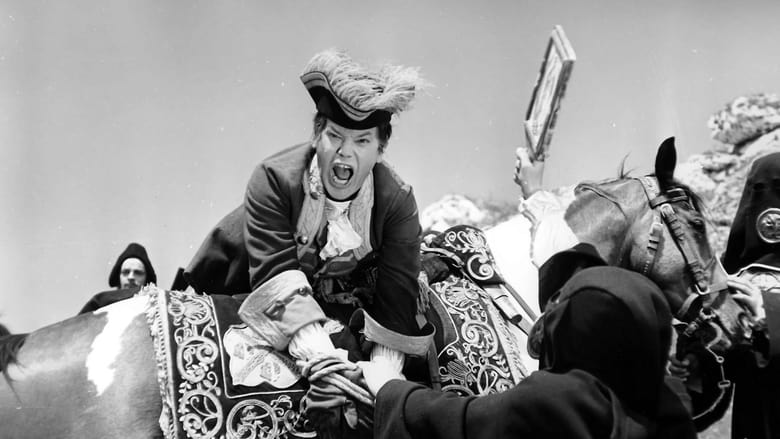
The Saragossa Manuscript (1965)
During the Napoleonic wars, a Spanish officer and an opposing officer find a book written by the former's grandfather.
Watch Trailer
Cast
Similar titles
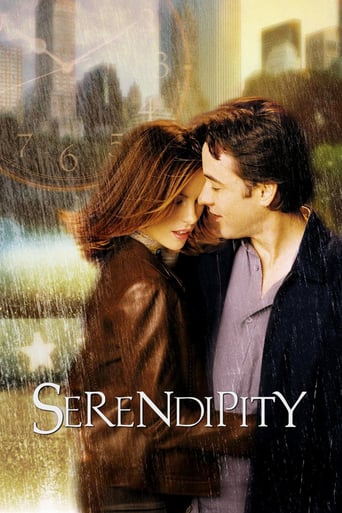
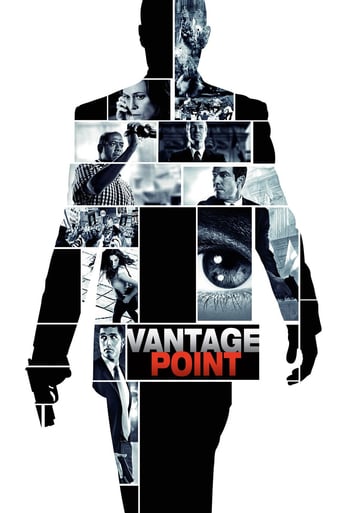
Reviews
Load of rubbish!!
There are moments in this movie where the great movie it could've been peek out... They're fleeting, here, but they're worth savoring, and they happen often enough to make it worth your while.
All of these films share one commonality, that being a kind of emotional center that humanizes a cast of monsters.
It's simply great fun, a winsome film and an occasionally over-the-top luxury fantasy that never flags.
Well, this masterpiece is beyond reviews. But today, just found my original movie ticket from Jun/18/1999 at 9:30pm, when American Cinematheque in Hollywood-CA, had 7 showtimes Jun/17-20, with Martin Scorcese & Francis Ford Coppola were present in dedication to Mr. Jerry Garcia, which helped pay for rescue of this almost lost occult treasure. In its full-length version of 3hrs. "I love this movie... I saw the film 3 times, which in my case is exceptional" -- Luis Bunuel. Can't forget this masterpiece, and happy to be there once in a life time! Presently, waiting to see if Netflix could have it for rent, and see it again, this time with a vintage eco-vert red wine bottle...
In the midst of a bloody Napoleonic battle in Saragossa, Spain, two officers from opposing sides sit down in a heavily shelled Inn, put their differences aside and become engrossed in a large tome entitled "The Saragossa Manuscript". Its writings and lurid graphic images immediately put a spell on them, even more so when one of the officers realizes that the tale being told is that of his grandfather, Captain Alfonse Van Worden, himself an officer in the Walloon Guard. Van Worden's quest begins with his quest to reach the Sierra Morena, a mountainous pass would seem like the shortest route but he is warned by his servants that that area is haunted by demons and spirits. Ignoring their pleas they arrive at the Venta Quemada Inn, there he meets two Moorish princesses, Emina and Zibelda who try and convert him to Islam, claiming that he is the only choice to marry them as he is a distant relation. Despite Alphonse having an inkling they might be ghosts, he drinks from a skull goblet and wakes up under a gallows back where he started from. He then meets a holy man and a possessed man, gets captured by the Spanish Inquisition, gets rescued by the Zoto brothers, a group of bandits that were supposed to be dead, he also meets a Sheikh and drinks from a goblet and again awakens by the gallows, then meets and befriends a Caballist and the leader of a band of Gypsies etc etc..... Based on a novel by Jan Potocki, "The Manuscript found in Saragossa", Has's film has been for a long time a forgotten film. It won some awards when it was initially released, though it received a severely edited release in the US before it disappeared from public consciousness. Jerry Garcia is famed for his love of the film, he tried many times to get the rights to it, with the help of Martin Scorcese and Francis Ford Coppola, they finally succeeded, but failed to do so before Garcia's death. The Saragossa Manuscript is a Quixotic labyrinthine epic that really needs multiple viewings in order to gain any real sense of it, contained within are flashbacks within flashbacks within flashbacks, jumping back and forward in time, it will truly test the patience of the average film fan. Its mighty 3hr+ running time may not help matters much either. Writing this i cannot honestly claim to know what its all about, what its hidden meanings and metaphors pertain to, i think its one of those films that will get better with subsequent viewings as it slowly reveals its mysteries to the dedicated viewer. Visually its a real treat, its crisp black and white film makes the figures jump with life from the screen, DP Mieczyslaw Jahoda makes great use of the wonderful period setting, his fluid constantly moving camera adding a great depth to the overall feeling of authenticity. There are also many remarkable visual tricks that i still haven't worked out how they were done, one in particular towards the end where we see Alphonse in the Inn, he opens a door and there in a desert he sees himself with the two Moorish princesses, his double approaches him and they meet face to face in what it turns out is a mirror, astounding! The cast are for the most part excellent, but too numerous to single out. As a film it explores many avenues, comedy, tragedy, romance, religious zealotry, eroticism, forbidden love, incest, the list goes on, so its a credit to Has that any cohesion at all comes from the final product. I'm still reeling after my first viewing, can't for a repeat. The ending is also pretty cool and messes with your head just a bit about all that went before.
The Saragossa Manuscript is an enigmatic film, haunting and hilarious, dazzlingly complex, and spellbinding across almost three hours. It unfolds like a tapestry of 17th-century Spain, threaded together by the story of Captain Alphonse van Worden as he makes his way to Madrid. Dreams, flashbacks and storytelling are woven together by recurring images, locations and themes, creating a mystery for the viewer to untangle.The noble ideal in Spanish society is portrayed as one of vast palatial residences, incessant duelling, grandiose gesturing and the courting of women. The flashback sequences featuring Captain van Worden's father, played by the remarkable Slawomir Lindner, are hugely entertaining. The complex web of storytelling in the second part of the film is similarly engaging, focusing around the lives of feuding merchants and duelling noblemen in the city.Dark currents of supernatural powers and superstition run through this setting. Cannibal gypsies, devil-possessed men and ghostly characters haunt the countryside, and recurring images such as snakes, skulls and hanged men create an aura of foreboding. Captain van Worden's dream-like encounters with the mysterious Gomelez sisters (accompanied by unnerving sound effects and cackling noises) symbolise the disdain for Islam in medieval Christian Spain. Yet alongside this, the presence of Christianity, in the form of the Spanish Inquisition, is equally menacing; the capture and torture of Captain van Worden is as disturbing as the play of supernatural forces. God is not a comforting presence in this film.The Saragossa Manuscript is divided into two distinctive parts. Dream-like sequences and flashbacks prevail in part one of the film, whereas part two centres around the telling of stories and stories-within-stories. The contrasts between the two parts reveal different perspectives within medieval Spain, with the haunted countryside and superstitions of part one giving way to more rational thinking in the largely urban setting of part two. The genius of this film is in the wealth of contradictions and fragmentary narratives; the viewer can piece together many details for themselves, but the film will always retain an air of mystery.
Perhaps more than any other film, Saragossa Manuscript begs for multiple viewings. A fascinating way to watch this movie is to simply see it as space unfolding. At the highest level the structure is a set of interconnected stories which loop back on one another. Each story is a separate, nested world with a narrator who serves as a portal. This is not unlike current theories in physics about the multiverse, with separate worlds that wormhole into and out of one another, connected by black holes.Also, the frame by frame construction of the film is deeply spacial. The setting of the Sierra Morena seems to have not a single flat surface and the camera is often askew to accentuate this. Elaborately constructed sets are filled with boundaries and connections. Characters interact thru barred windows and seem to constantly flow into and out of doorways and windows. There are many long narrow corridors and alley ways. The camera captures ascending and descending stairways and shots are wide angle to create a feeling of great depth. Often action is focused on a figure in the foreground while another character secretly slips into or out of the room thru a doorway in some distant corner.This unsettling and masterful manipulation of space is in large part what propel the story so convincingly, since the many boundaries and connections determine which relationships are consummated and which things remain forever out of reach.
